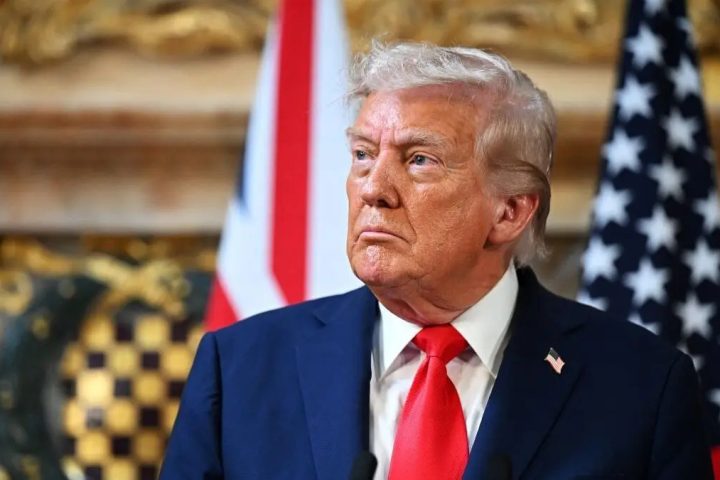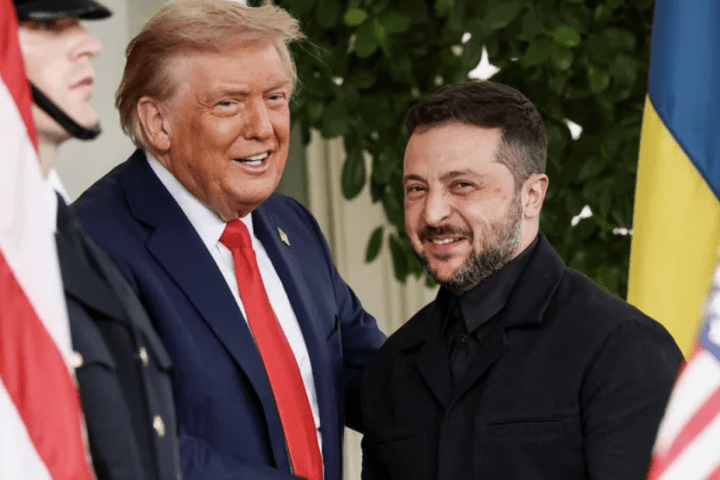US Treasury Secretary Scott Bessant has promised “decisive action” to stabilize the peso, using a $219.5 billion crisis intervention fund.
Washington promises financial assistance to Argentina through the ESF
US Treasury Secretary Scott Bessant said that Washington is ready to use a powerful tool — the Exchange Stabilization Fund (ESF) — to save the Argentine peso. This fund, created in 1934 during the Great Depression, today has assets of $219.5 billion, although liquid resources are about $30 billion.
Argentine assets jumped sharply after Bessant’s announcement. He specified that final decisions would be made after the meeting of Donald Trump and Javier Milley in New York.
Politics and risks
According to experts, US support could strengthen Milley’s position ahead of the elections and temporarily halt the peso’s devaluation. However, the terms of potential loans could complicate the debt situation and put other creditors — including China — in a secondary position.
Critics emphasize that without structural changes in Argentina’s currency policy, ESF funds can only finance capital outflows. “Markets remember more than 100 years of hyperinflation and defaults in Argentina,” said former US Treasury official Mark Sobel.
Historical instrument
The ESF fund previously rescued Mexico after the 1994 crisis ($20 billion), Brazil in 1998 and Uruguay in 2002. In the US, it was also used to support banks and markets during global crises — from 2008 to the COVID-19 pandemic.















